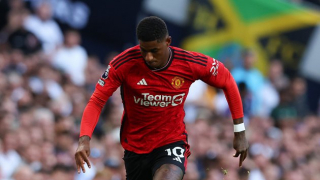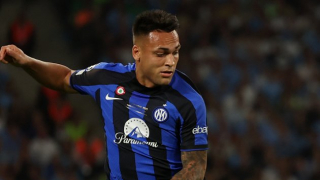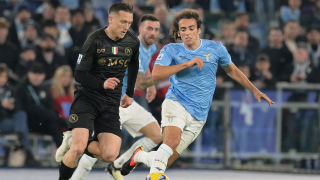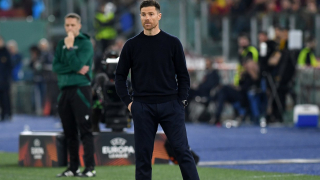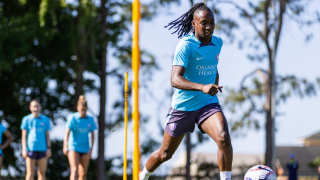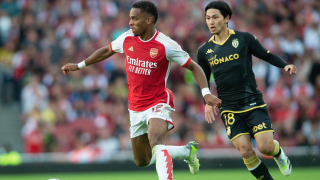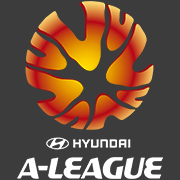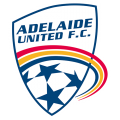Written by Robert Smith - The Age
As Australia jockeys for the hosting rights of the 2022 World Cup in a few months, its fledgling domestic A-League competition is floundering amid dwindling crowds and rising debts.
The A-League, rebranded from the old ethnic-based National Soccer League with great fanfare in 2005, is beset with problems in its sixth season with one club, Newcastle Jets, saved at the 11th hour from going under just seven weeks into the new season.
In stark contrast to the bounce the competition received from the Socceroos' first appearance in 32 years at the 2006 World Cup in Germany, there was minimal knock-on from this year's World Cup in South Africa where the Australians failed to get out of the group stage.
Up against enormous opposition from rival entrenched football codes, the Australian Football League (AFL) and the National Rugby League (NRL) for fan allegiance, the A-League is coming off a dismal third.
Attendances are taking a hit with the reigning champions Sydney FC failing to attract five-figure gates at their last two home games and yet to register a victory in seven outings this season.
Gold Coast United, bankrolled by iron ore billionaire Clive Palmer, have suffered the indignity of playing before crowds of around 2,000 at their last two home games at their 27,000-capacity stadium and raising speculation whether the second-season club can survive beyond this campaign.
It needed intervention from governing body Football Federation Australia to keep alive the Newcastle Jets, who were A-League champions only two years ago.
FFA withdrew the ownership license of Con Constantine after the Jets had been on life-support with Constantine no longer providing the funds to pay players or the club's operating costs.
Local mining magnate Nathan Tinkler was simultaneously announced as the Jets' saviour, taking over ownership of the club until at least the end of the season.
But it doesn't end there. Clubs are bleeding money, a combined 25 million dollars (24 million US) was lost last season and the FFA has been forced into ownership of Adelaide United and North Queensland Fury, who only entered the league last season.
Melbourne Heart, who were added to the A-League this season as the 11th club, have made only a modest impact under Dutch coach John van't Schip, with home crowds of just over 5,000.
Such is the fragile state of the competition that the planned expansion into western Sydney next season with Sydney Rovers is under a cloud amid doubts whether backers can raise funds ahead of the club's entry into the 2011-12 season.
Supporters of the A-League point to the history of other newly-formed professional leagues around the world and their early travails before their competitions became viable and established.
Japan, South Korea, China and the United States have all had the same experience, but they are now robust leagues as their long-term strategies took hold, the optimists point out.
So the intervening years will be tough ones for the A-League as it looks to establish itself in the saturated Australian sports market.
It will be another three years before a new television deal comes into force and its accompanying cash injection, so it will simply be a case of survival.
The alternative is just too dire to contemplate for a football nation where all of its leading stars, among them Tim Cahill, Mark Schwarzer, Harry Kewell and Lucas Neill, earn their living in overseas leagues.



